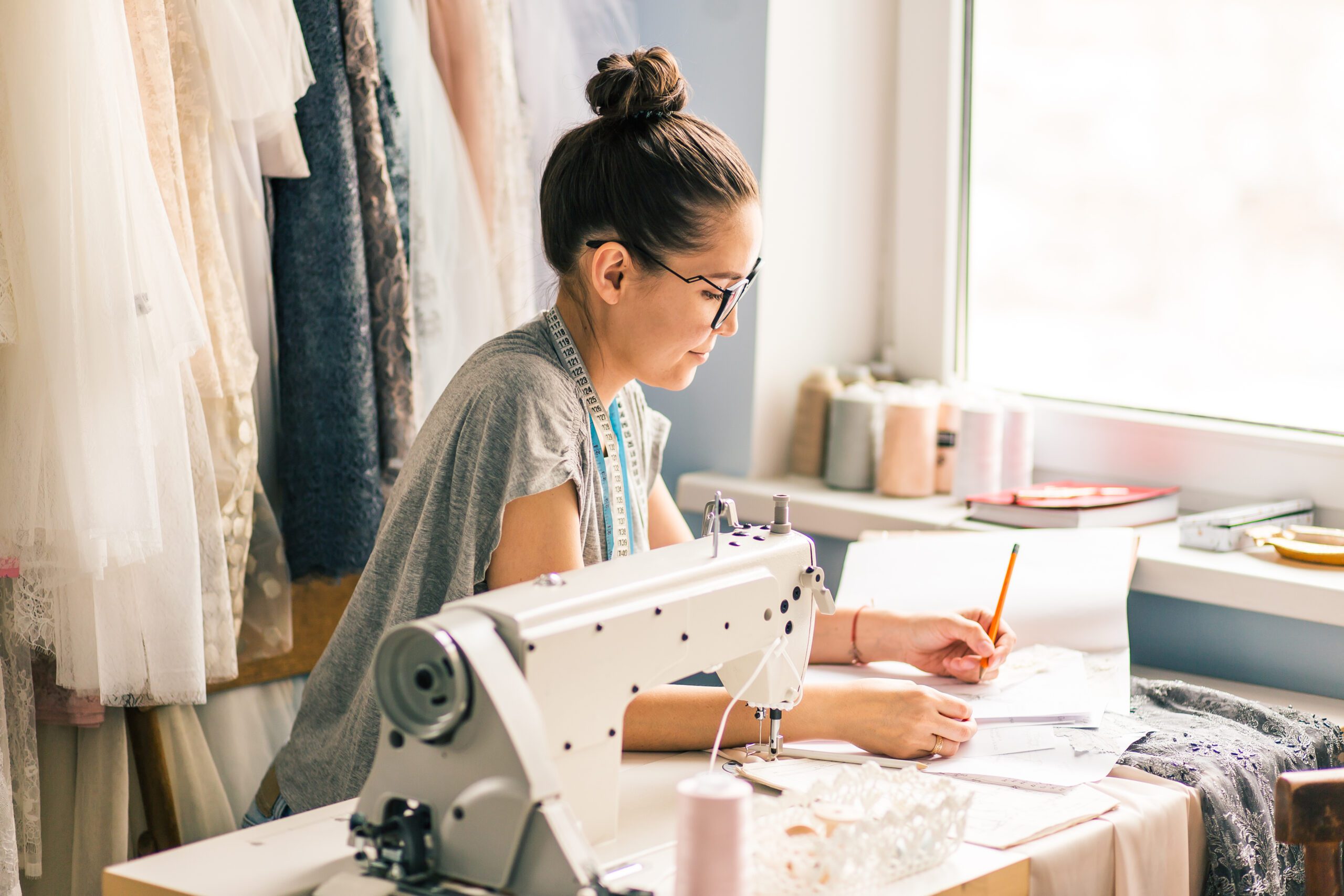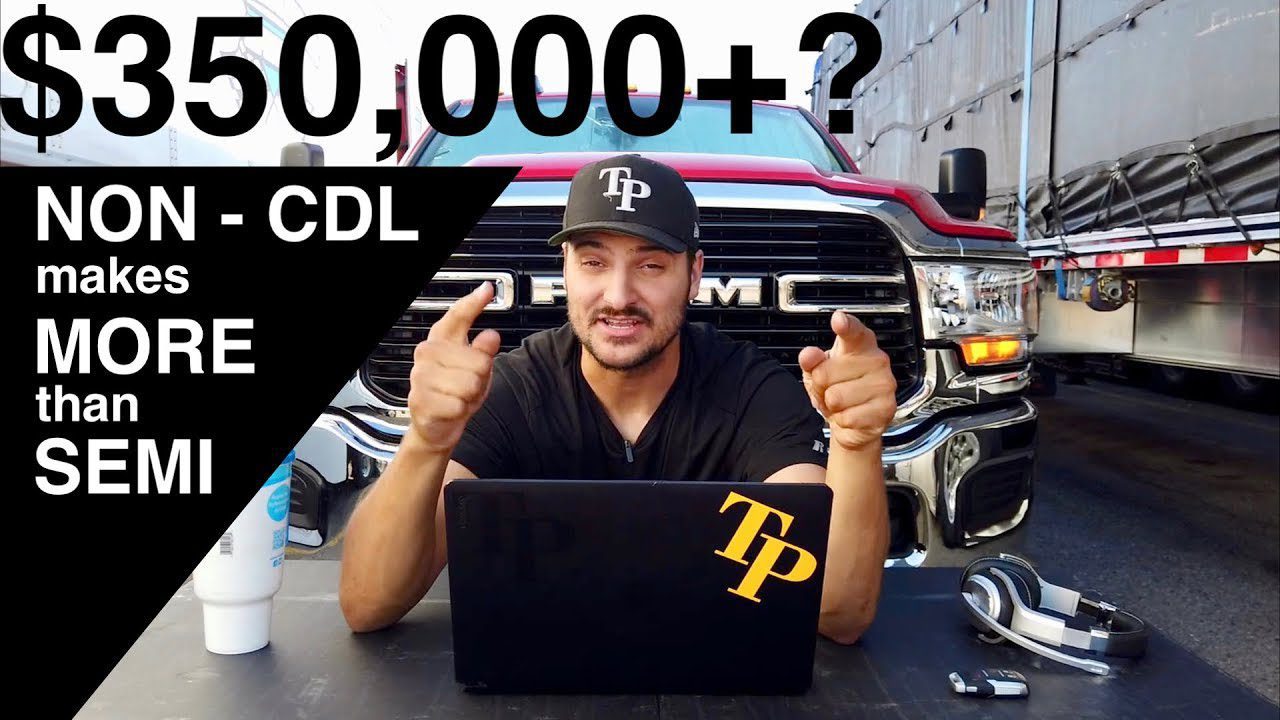To start a sewing business, you will need to invest in a quality sewing machine and some other essential equipment. You will also need to take some classes or find a good sewing tutorial to learn the basics of sewing. Once you have the necessary skills, you can start marketing your services to potential clients.
There are many ways to market a sewing business, including online platforms, word-of-mouth advertising, and print media. You will need to decide what type of sewing services you want to offer and price them accordingly. It is also important to build up a good portfolio of previous work to show potential clients.
- Choose a niche: Figure out what kind of sewing you want to do and who your target market is
- Get the proper equipment: You will need a sewing machine, patternmaking software, etc
- Learn the basics: You should know how to sew and use the proper equipment before starting your business
- Create a business plan: This will help you figure out your start-up costs, marketing strategy, etc
- Start promoting your business: Use social media, word-of-mouth, etc
- to get the word out about your new business venture!
Sewing Business Plan Pdf
If you’re thinking about starting a sewing business, then you’ll need a solid business plan. A well-crafted business plan will lay out your goals and objectives, and provide a roadmap for achieving success.
There are a few key elements that should be included in your sewing business plan:
1. Executive Summary
2. Company Description
3. Products and Services Offered
4. Market Analysis and Target Customers
How Much Does It Cost to Start a Sewing Business
Starting a sewing business can be a great way to tap into your creativity and make some extra money. But how much does it really cost to get started? Let’s take a look at the major expenses you’ll need to consider when starting your own sewing business.
The cost of a sewing machine will be one of your biggest expenses. A good quality machine that can handle heavy-duty projects can start around $500. If you plan to do a lot of quilting or embroidery, you may want to invest in a higher-end machine that could cost upwards of $1000.
You’ll also need to factor in the cost of fabric, thread, and other supplies. This will vary depending on the types of projects you plan to sew, but you can expect to spend several hundred dollars on supplies each year.
If you don’t have a dedicated space for your sewing business, you may need to rent office space or buy storage containers.
This will add another monthly expense to your budget.
Finally, don’t forget about the costs associated with marketing and promoting your business. You’ll need to create flyers, business cards, and an online presence (at least a website and social media accounts).
You may also want to participate in craft fairs or other events where you can sell your products. All of these marketing efforts will have associated costs that you’ll need to factor into your budget.
Sewing Business Plan Example
If you’re thinking about starting a sewing business, one of the first things you’ll need to do is create a business plan. This document will outline your business goals, strategies, and how you plan on making money.
To help you get started, we’ve created an example sewing business plan below.
Use this as a template to create your own unique business plan.
Sewing Business Plan Example
Executive Summary
Our company is called Sewn Right and we are a custom clothing Alteration and Repair service catering to all genders and ages. We provide our services to local businesses and individuals in the area. We have years of experience in the industry and are highly skilled in our craft.
Our goal is to provide high-quality services at an affordable price point so that everyone can enjoy looking their best.
In addition to our alteration services, we also offer classes teaching people of all skill levels how to sew their own clothes or mend existing garments. These classes will be offered both in-person at our studio location and online through video tutorials.
We believe that everyone should know how to sew as it is a valuable life skill that can save you money and allow you to express your creativity.
By offering both alterations and sewing classes, we hope to become the go-to destination for all of your clothing needs in the community.
Mission Statement
To provide high-quality custom clothing alteration and repair services as well as informative sewing classes taught by experienced professionals so that everyone can look their best without breaking the bank.
Company History
Sewn Right was founded in 2010 by Jane Doe out of her home basement with just two sewing machines and a vision: to make quality custom clothing more accessible and affordable for everyone regardless of size or budget .
Since then, we have grown steadily each year , moving into our first brick-and-mortar location five years ago . In the past year alone , we have seen a 20% increase in customers thanks largely in part to positive online reviews . As we enter 2020 , we are excited to continue growing our business while maintaining the same commitment to quality and customer service that has made us successful thus far .
Services Offered
How to Start a Sewing Business at Home
If you’re considering starting a sewing business from home, there are a few things you need to take into account. First, you’ll need to have a dedicated space in your home where you can set up your workstation. This should be a quiet area with good lighting and plenty of counter space.
You’ll also need to invest in a quality sewing machine and other essential equipment, such as an iron and ironing board.
Once you have your workspace set up, it’s time to start marketing your business. If you’re not sure where to start, try setting up a website or blog and social media accounts.
Be sure to include lots of photos of your work, as well as information about your services and rates. You can also hand out business cards and flyers in local fabric stores or craft fairs.
Sewing is a great way to earn extra income from home, but it takes some effort to get started.
With a little planning and hard work, you can soon be on your way to running a successful sewing business from the comfort of your own home!
Sewing Business Ideas at Home
Sewing is a skill that can be used to create many different types of garments and accessories. With the right sewing business ideas, you can start a profitable home-based sewing business with little overhead and no need for expensive equipment.
One of the best things about starting a sewing business from home is that you can start small and gradually grow your business as you gain more experience and customers.
You can start by offering simple services like mending or alterations, and then expand to offer custom made clothing or other items such as bags or quilts.
Another advantage of starting a sewing business at home is that you can control your own schedule and work around your family’s commitments. If you have young children, for example, you can sew during nap times or in the evenings after they’ve gone to bed.
This flexibility makes it easier to balance running a business with raising a family.
Sewing Business Plan Sample Doc
Are you thinking about starting a sewing business? If so, you’re not alone. Sewing is a popular hobby that can easily be turned into a profitable business venture.
But before you start stitching up a storm, you need to create a sewing business plan.
A well-crafted business plan will give your sewing business direction and keep you on track as you grow your enterprise. Not sure where to start?
Use our sample sewing business plan as a guide. This document includes everything from an executive summary to information about your target market and marketing strategy.
Once you’ve got your business plan in place, it’s time to get down to the nitty-gritty of running your new venture.
Check out our articles on starting a sewing business for more tips and advice.
How to Advertise Sewing Business
Sewing businesses can be advertised in a number of ways. First, consider setting up a website for your business. You can include photos of your work, a list of services offered, and contact information.
You can also advertise your sewing business in local online directories, or through word-of-mouth. In addition, consider hanging flyers in local businesses or placing ads in local newspapers or magazines. And finally, don’t forget to tell all your friends and family about your new business!
What Equipment Do I Need to Start a Sewing Business
Are you thinking about starting a sewing business? If so, you may be wondering what equipment you need to get started. Here is a list of the essential sewing equipment needed to start a successful sewing business:
1. A good quality sewing machine. This is the most important piece of equipment for any sewer, and it is especially important if you plan to start your own business. Invest in a machine that will last and that has all the features you need for your particular type of sewing.
2. An embroidery machine. If you want to offer embroidery services as part of your business, then an embroidery machine is a must-have. Again, invest in a good quality machine that will give you years of trouble-free service.
3. A serger . A serger is not absolutely essential, but it can be very helpful when finishing seams and edges on garments and other items. If you do not have one, you can usually get by with using a regular sewing machine with special stitches or techniques for finishing edges neatly.

Credit: fundsnetservices.com
Can Sewing Be Profitable?
Yes, sewing can be profitable! There are a few ways to make money from sewing, and it really depends on what you’re good at and what you enjoy doing.
One way to make money from sewing is by selling your handmade items.
This could be anything from clothes to quilts to bags and purses. If you’re good at making things that people want to buy, then selling your items is a great way to make some extra cash. You can sell your items online, at craft fairs, or even in stores.
Another way to make money from sewing is by offering your services as a seamstress or tailor. If you know how to sew well and have experience altering clothing, then this is a great way to make some extra money. You can advertise your services online or in local newspapers and flyers.
And if you build up a good reputation, you may even get referrals from friends and family members.
So there you have it! Sewing can definitely be profitable if you know how to go about it.
So if you’re looking for a way to make some extra cash, why not give sewing a try?
How Much Does It Cost to Start Sewing?
Assuming you would like to start a home sewing business:
The cost of starting a home sewing business can vary greatly depending on what kind of sewing you want to do, and the equipment you already have. If you plan on doing alterations or simple repairs, you may only need a good quality sewing machine, which can cost anywhere from $100-$500.
If you want to do more complex sewing, such as making clothes or quilts, you will need a few more pieces of equipment, including an overlocker (or serger), which can cost around $200-$600. You will also need various supplies like fabric, thread, pattern weights, etc., which can add up quickly. Overall, the cost of starting a home sewing business can range from around $200-$1000+.
Is Sewing a Good Side Hustle?
Sewing can be a great way to make some extra money on the side. It is a relatively easy skill to learn, and there is a growing demand for handmade and vintage items. If you have an eye for detail and a steady hand, sewing can be a fun and rewarding hobby.
Here are a few things to consider if you’re thinking about starting a sewing business:
1. What kind of items do you want to sew? There is a wide range of things that can be sewn, from simple repairs to elaborate costumes.
You’ll need to decide what kinds of items you’re interested in making before you get started.
2. Do you have the necessary equipment? A good sewing machine is essential for any serious sewer.
You’ll also need other basics such as scissors, measuring tape, fabric and thread. If you don’t have your own equipment, see if you can borrow from friends or family or invest in some second-hand pieces.
3. What are your costs?
Sewing materials can be relatively inexpensive, but there may be other costs associated with your business such as advertising or renting space for classes or workshops. Make sure you factor these into your pricing so that you remain profitable.
How to Make Money at Sewing?
There are a few different ways that you can make money through sewing. One option is to start your own sewing business. This could involve starting a small home-based business or even opening up a brick and mortar store.
You could offer services such as alterations, repairs, custom made clothing, and more. Another way to make money through sewing is by teaching others how to sew. This could be done through classes, workshops, or even one-on-one lessons.
You could also sell products that you have sewn yourself, such as clothes, bags, quilts, and more. Whatever route you decide to take, there is certainly potential to make money through sewing!
Starting A Business Ep. 3 | Sewing Everything…
Conclusion
Start a Sewing Business in 10 Steps
Sewing is a great way to make money from home. You can start your own sewing business with just a few supplies and some basic knowledge.
Here are 10 steps to get you started:
1. Choose your niche. What type of sewing do you want to do?
There are many options, from quilting to making clothes to altering garments. Pick something you’re passionate about or have experience with.
2. Research the competition.
See what other sewing businesses are out there and what they’re offering. This will help you set your prices and come up with services that set you apart from the rest.
3. Set up a workspace.
You’ll need a place to store all of your supplies and sew without interruption. A spare room or dedicated corner in your home will work perfectly! Just make sure it’s well-lit and comfortable so you can work efficiently.
4 . Stock up on supplies . In addition to a sewing machine, you’ll need thread, fabric, patterns, scissors, pins, and other notions .
It’s also helpful to have a variety of fabrics on hand so you can offer customizations to clients . Shop around for good deals on high-quality items so you can keep costs low while still providing top-notch service . 5 Get insured ! Once your business is up and running , be sure to get liability insurance in case of accidents or damage to property or garments 6 Create marketing materials , including business cards , flyers , and an online presence through social media or a website 7 Develop relationships with local boutiques , dry cleaners , tailors , etc . They may refer customers your way or allow you to sell/display your products in their stores 8 Start networking ! Attend local craft fairs , introduce yourself at community events , join relevant online forums 9 Stay organized ! Keep track of customer information ( sizes measurements ) invoices payments 10 Have fun ! Don ’ t forget why you started this business in the first place – because sewing is something you love !



